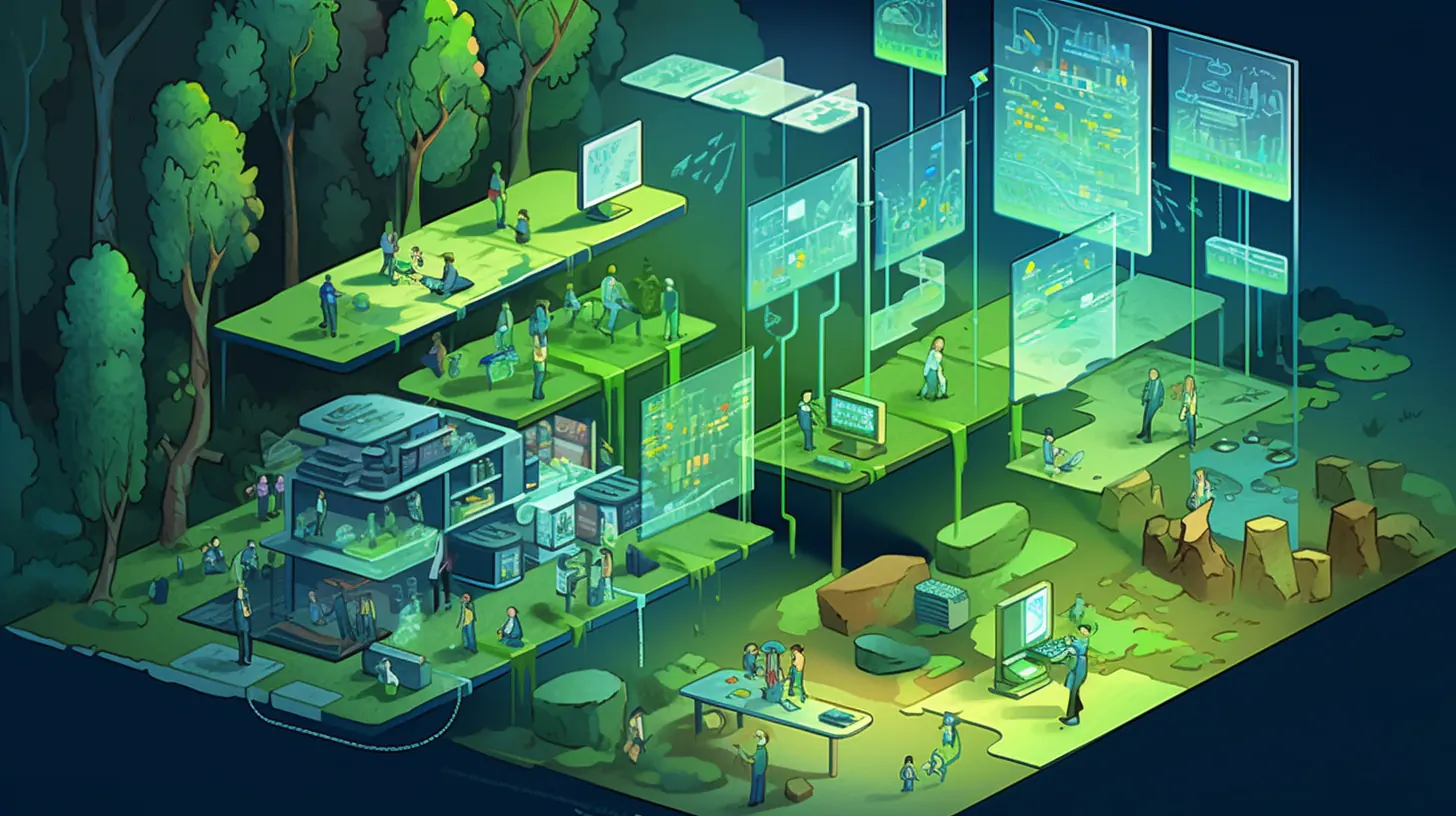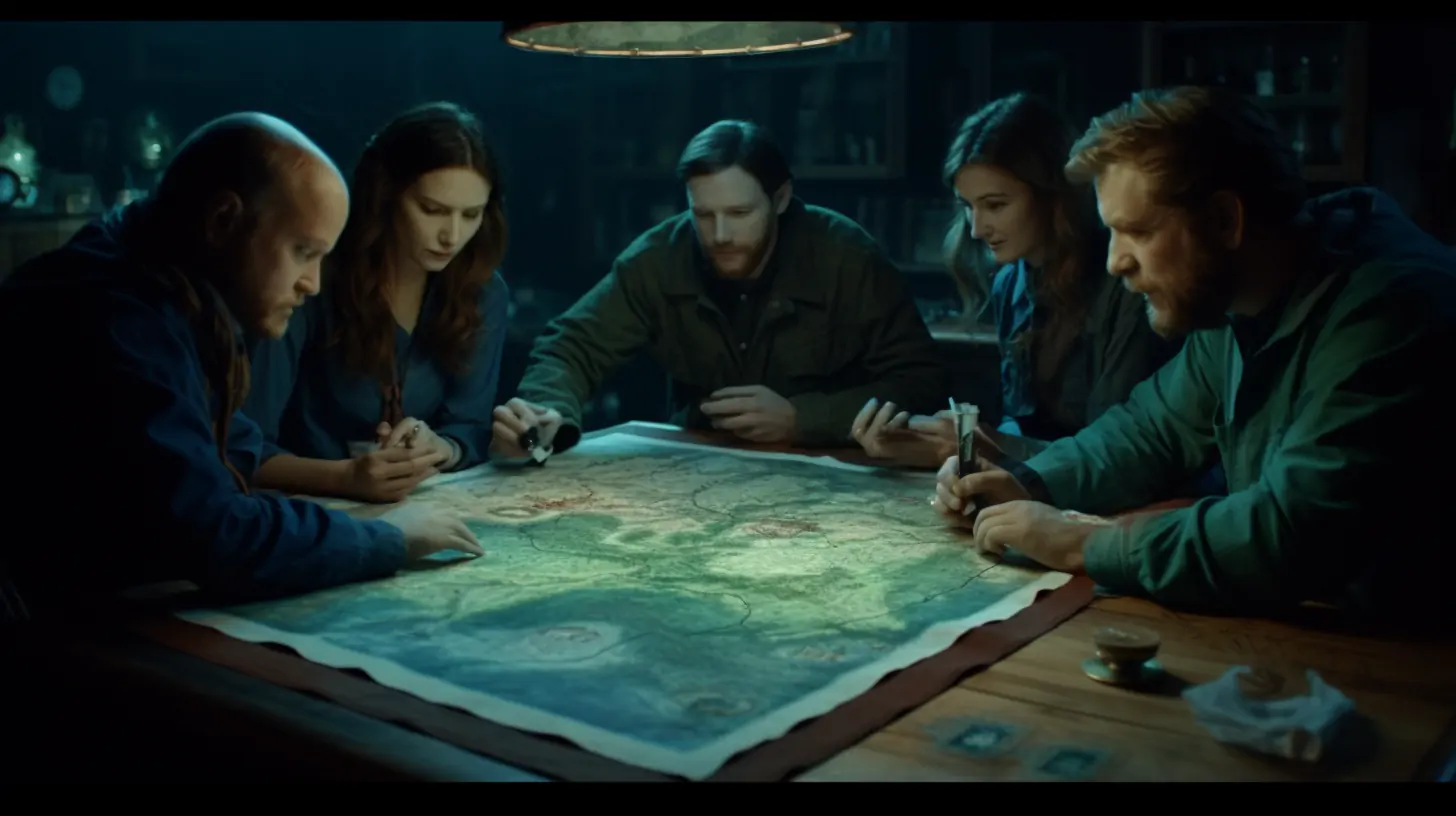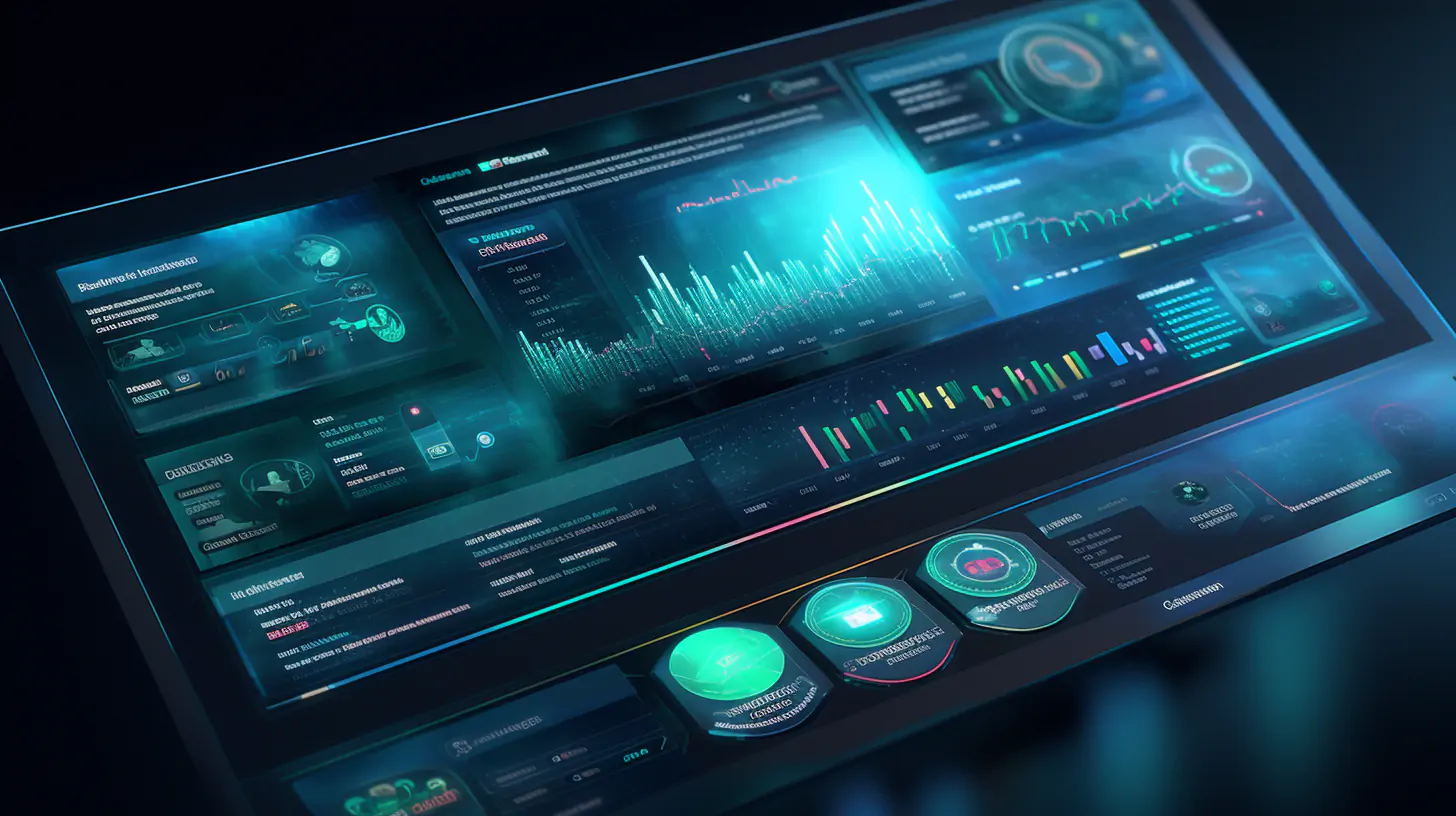User story mapping is a powerful technique for product development and agile project management. It enables teams to visually represent user stories, collaborate effectively, and prioritize features based on user needs. By focusing on the user journey and organizing the product backlog, teams can deliver value iteratively and adapt to changing requirements.
User story mapping promotes communication, alignment, and shared understanding among team members. With the right best practices and tools, teams can leverage user story mapping to improve their product development process and create successful products that meet user expectations.
Collaboration Benefit: How User Story Mapping Engages the Whole Team
Prioritization Made Easy: Visualization of Importance and Dependencies
Product backlog development: adapting user story maps to changing requirements
Mapping User Stories in Action: Real Examples and Case Studies
Best Practices: Tips for Successful User Story Matching Sessions
Conclusion: Leveraging the Power of User Story Mapping to Improve Product Development
Introduction
Effective product development and agile project management are essential for success in today's fast-paced and fiercely competitive corporate climate. User narrative mapping is one method that has significantly increased in popularity.

The collaborative process enables teams to visually and user-centrically identify and prioritize backlogs. Teams can develop a shared understanding of the product and its features by concentrating on the user journey and needs. This improves decision-making and results in more successful outputs.
Understanding the Basics: What is User Story Mapping?
User story display fundamentally enables teams to visually represent user stories and how they relate to one another. It offers a comprehensive product view by capturing the user's perspective, goals, and steps to attain them.
Teams can identify and divide essential product features into smaller, more manageable chunks or iterations. Throughout the development process, the team will remain committed to providing value to the user thanks to this strategy.
Collaboration Benefit: How User Story Mapping Engages the Whole Team
User narrative mapping's collaborative aspect is one of its main advantages. Promotes team collaboration, unlike conventional methods where the product owner creates needs independently.
Including stakeholders, developers, designers, and testers in the process fosters a shared understanding of the product's vision and objectives. This cooperative strategy encourages open communication, makes sharing knowledge easier, and ensures that everyone's expertise is utilized correctly.
Walkthrough: Creating User Story Maps for Product Backlogs
Many states must create a user story map, which aids teams in efficiently organizing product backlogs. The first stage is to understand the personalities of the primary users' objectives and motivations. The team can map the user journey after identifying the personas and noting significant actions and turning points.
This procedure aids the team in adequately identifying and grouping user stories that mirror the user's workflow. The following step is to rank the stories according to their significance and interdependencies. By doing this, the team can continue to follow a defined development strategy while providing the user with new value.
Identifying User Needs: Identifying the Whys Behind Stories
The process involves more than just documenting user behaviors and tasks. It probes the user's core motivations and needs. Teams may decide which features to prioritize by comprehending the "why" behind each user narrative.
Thanks to this user-centric approach, the team is focused on producing solutions that solve user pain points and bring value.
Organizing user stories: structuring the product backlog
For efficient development, a product backlog that is organized efficiently is necessary. Using user story mapping, teams can structure user stories to reflect their relevance and relationships.
Teams can quickly discover dependencies and efficiently plan their iterations by arranging stories vertically according to user priority and horizontally according to the user experience.
User story maps' visual format gives the team a picture of the product's ongoing development while preserving their flexibility to adjust and adapt as necessary.
Prioritization Made Easy: Visualization of Importance and Dependencies
Setting user story priorities can be difficult, mainly when time and resources are scarce. By giving the product backlog a visual representation through user story mapping, it is simple to evaluate the significance and interdependencies of each story.
Teams can decide what to prioritize by putting relationships between stories and their effects on the user experience into visual form. This promotes effective resource allocation and guarantees that essential features are released first.
Agile Planning with USM: Iterative Development at Its Best
Agile processes and principles are entirely compatible with user story mapping. Dividing the final product into small, manageable chunks that can be delivered and tested immediately promotes iterative development.
Teams can gather input, make changes, and continuously enhance the product by concentrating on providing value to the user in each iteration. A framework for agile planning called user story mapping enables teams to organize their iterations per user requirements and the overall product vision.
Effective Communication: Promoting Discussion and Agreement
To produce successful products, it is essential to communicate clearly and effectively. Communication is made more accessible by user narrative mapping, which gives a broad visual depiction of the product and its features. It acts as a unifying language for the whole team, enabling everyone's understanding and expectations to be in line.
User story maps establish consensus, inspire brainstorming, and encourage dialogue. Teams can quickly find gaps, issues, and opportunities for improvement by visualizing the user path and product functionality.
Product backlog development: adapting user story maps to changing requirements
The demands of today's dynamic corporate climate can change regularly. Teams can adjust and evolve their product portfolio using user story mapping when new information becomes available or priorities shift. User story maps' visual format makes it simple to edit or add tales as necessary.
Teams may ensure they develop the correct product at the right time by routinely evaluating and updating the user narrative map. You must be flexible and adaptable to client wants and market demands.
Mapping User Stories in Action: Real Examples and Case Studies
Seeing actual examples and case studies can help you fully comprehend the potential of user narrative mapping. Several firms have used user narrative mapping approaches to enhance product development procedures.
By looking at these instances, teams can learn how the approach has been used in various circumstances, what difficulties have been faced, and what advantages have been realized.
For teams wishing to include user story mapping into their projects, real-world examples provide an example, inspiration, and helpful advice.
Pitfalls to Avoid: Common Problems and How to Overcome Them
While the method has numerous advantages, there are also typical difficulties that teams may run into. One potential pitfall is overcomplicating the process by adding extraneous complexity or excessive detail to the user story map.
This may confuse and impair the ability to make wise decisions. Another problem is ensuring that technological factors do not take precedence over the user's point of view during the display process.
Teams can deal with these issues and maximize the benefits by being aware of these risks and using best practices.
Tools and Resources: User Story Mapping Software Solutions
Teams may design and maintain user story maps using several software solutions. These programs include characteristics like drag-and-drop, teamwork, and integration with other project management systems.
The best tool will rely on the team's needs, preferences, and financial constraints. It's crucial to weigh your alternatives and select the solution that best meets your team's demands for collaboration and visualization.
Best Practices: Tips for Successful User Story Matching Sessions
Adhering to a few best practices to guarantee productive user story-matching sessions is beneficial. Above all, it's critical to include stakeholders and ensure that all fields of study and viewpoints are represented. This reduces blind spots and encourages a comprehensive grasp of the product.
A clear schedule, session objectives, and appropriate time for debate and collaboration are also crucial. Keeping a happy and welcoming environment promotes participation and innovation. Finally, recording session outcomes in a physical or digital format simplifies navigating and making improvements.
Conclusion: Leveraging the Power of User Story Mapping to Improve Product Development
A practical method for locating product backlogs and ensuring successful product development. Teams have a deeper grasp of user demands, successfully prioritize features, and incrementally provide value when they put the user at the center of the process. The collaborative nature of user story mapping encourages team members to communicate, align, and share responsibility.
User story mapping enables teams to react to changing requirements, make educated decisions, and constantly enhance their products since it visually depicts the backlog.
Teams may fully utilize agile development, produce products that fulfill user expectations, and promote business success by implementing user story mapping.
FAQ
How can user story mapping enhance team collaboration?User story mapping brings together team members from various disciplines to create a shared understanding of the product vision. By visually representing user stories and their relationships, teams can foster open communication, knowledge sharing, and collective decision-making, leading to more effective collaboration.
What are the key elements of a user story map?A user story map typically consists of user personas, user goals, and user activities. Personas represent the main user types, goals define what users aim to achieve, and activities outline the steps users take to reach their goals. The map organizes these elements to provide a comprehensive view of the user journey.
How does user story mapping differ from traditional requirements gathering?Traditional requirements gathering often focuses on documenting features and functionalities without considering the user's perspective. User story mapping, on the other hand, puts the user at the center of the process, ensuring that the product development team understands and prioritizes user needs and goals.
Can user story mapping be applied to non-software products?Yes, user story mapping can be applied to various types of products and services beyond software development. The principles of understanding user needs, visualizing the user journey, and prioritizing features based on value can be adapted to any context where a user-centric approach is beneficial.
How often should a user story map be updated?A user story map should be treated as a living document and updated regularly throughout the product development lifecycle. As new insights emerge, user feedback is gathered, or priorities change, the map should be revised to reflect the current understanding of user needs and product requirements.
What are some common challenges in implementing user story mapping?Some common challenges include getting buy-in from stakeholders, maintaining the right level of detail in the map, ensuring the map remains user-focused, and keeping the map updated as the project progresses. Overcoming these challenges requires effective communication, facilitation skills, and a commitment to the user-centric approach.
How can user story mapping support agile development methodologies?User story mapping aligns well with agile development principles by promoting iterative delivery, user-centric prioritization, and adaptability to change. The visual nature of the map helps teams plan and execute sprints, ensuring that each iteration delivers value to the user and contributes to the overall product vision.
What tools are available to create and manage user story maps?There are various software tools designed specifically for user story mapping, such as StoriesOnBoard, FeatureMap, and CardBoard. These tools offer features like virtual sticky notes, collaboration capabilities, and integration with other agile project management tools. Teams can also use general-purpose tools like Trello, Miro, or Jira to create and manage user story maps.




